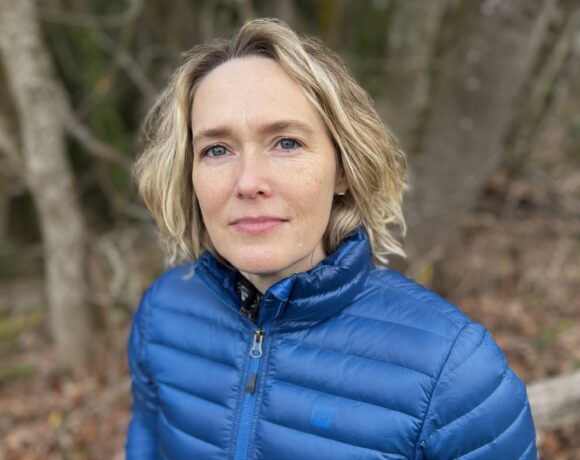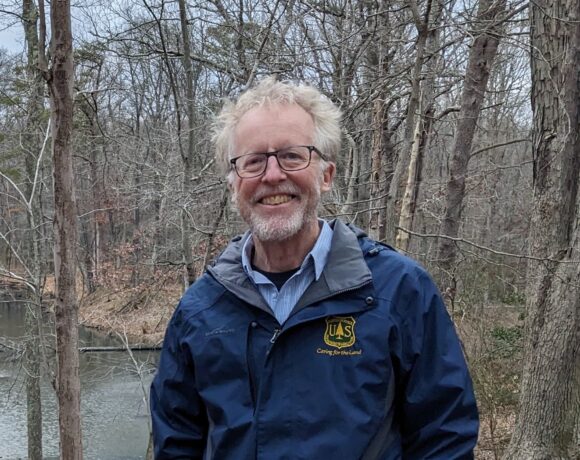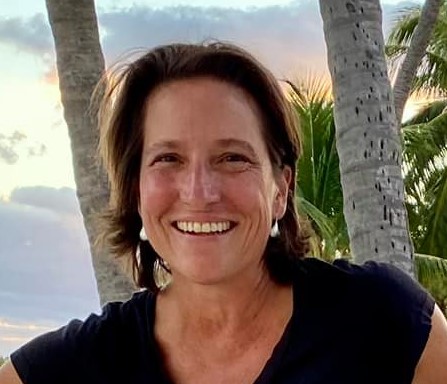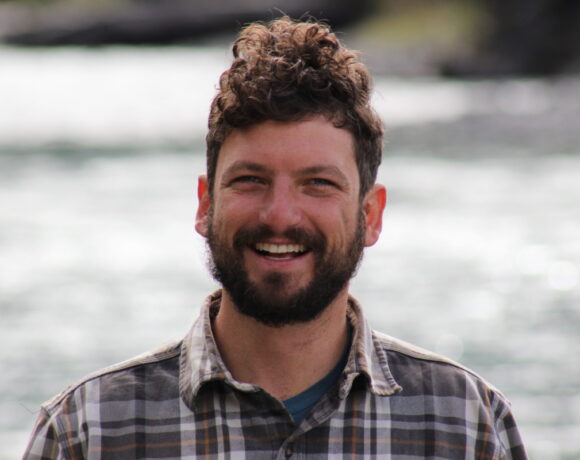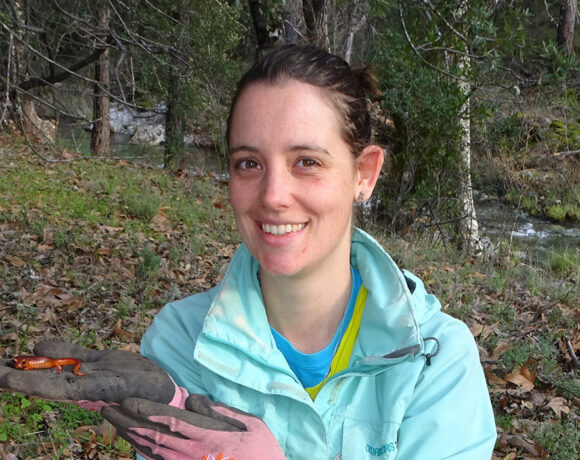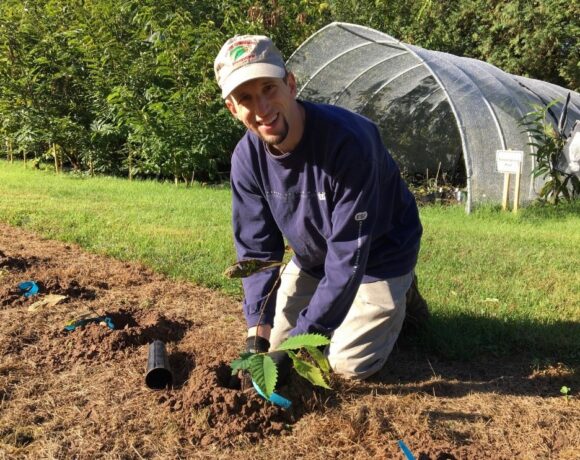Upon seeing the disparity between “well-behaved” Phragmites in Europe vs. invasive Phragmites in North America, Dr. Joanna Freeland of Trent University was drawn to study Phragmites hybrids and invasive aquatic plants more broadly. NYISRI is pleased to feature her work in this month’s researcher spotlight:

What kinds of research questions related to invasive species are you currently asking?
My students and collaborators and I are working on a number of different projects related to invasive aquatic plants. These include different ways to detect aquatic species from environmental DNA (eDNA) that has been extracted from water samples (potentially useful for early detection of invaders); investigations into why invasive cattail hybrids (Typha x glauca) are able to dominate wetlands around the Laurentian Great Lakes; tests of whether native and invasive Phragmites are hybridizing in southern Ontario (a potentially problematic scenario because in the Las Vegas region hybrid Phragmites are invasive); and experiments asking whether control of invasive wetland plants through pesticide applications can have unintended consequences for native species.
What are the basic methods you are using to answer your research questions?
We use a range of different methods. Some of these are genetic methods, for example detecting invasive species from environmental DNA that has been extracted from water samples. Other studies are based on combinations of field work, plus experiments that are conducted in either the greenhouse or the experimental garden at Trent; these projects include investigations into the ecology of invasive cattail hybrids, or the fate of pesticides that are sprayed on aquatic plants.
Do you have a personal story or path that led to your interest in this research?
Before moving to Trent University in Ontario in 2007, I worked in England for a few years, where the common reed Phragmites often grows as part of protected wetland habitat. In North America, the same species is a hugely problematic invader, and I started to wonder what drives members of the same species to be ‘well behaved’ in their native range, but dominant and invasive in some novel areas to which they are introduced. Of course, none of us would choose to have any invasive species, but to an evolutionary biologist the plus side is that they provide us with all sorts of examples that are essentially natural evolutionary experiments.
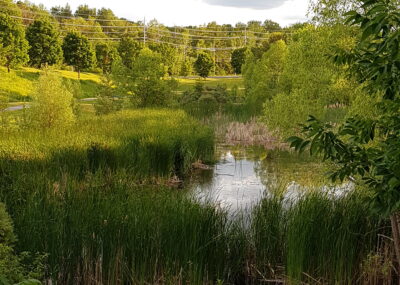
How does your research relate to the wider field of invasive species prevention/management?
Climate change means that a number of aquatic plants that are invasive in the southern States are moving their ranges northwards, and as a result, waterbodies and wetlands in more northern sites such as Canada may be susceptible to future invasions by a growing numbers of alien species. Research on the invaders of today can therefore help us manage not only current invasions, but may also help us to be better prepared for future invasions.
What’s the most important thing about your research for managers and policy makers to know?
We have consulted with stakeholders on a few projects, and I am always interested to hear from people ‘on the ground’: conservation managers are often the first to spot new trends, e.g. new alien taxa (species or hybrids), or species that seem to be changing their behaviour or growth patterns. I support the idea of bringing applied issues into academic questions, for example we are currently working on a genetic test that will make it easier to identify Phragmites hybrids. I encourage conservation managers to contact researchers when they notice something that could benefit from a collaboration between the two groups.
What do you hope the long-term impact of your work will be?
I hope that my research will help us to better understand why some types of plants but not others are able to successfully invade wetlands and other aquatic habitats. This in turn may help us to prioritize management plans aimed at protecting the integrity of these valuable habitats.
Visit the Freeland lab website >>
Read more researcher spotlights:






